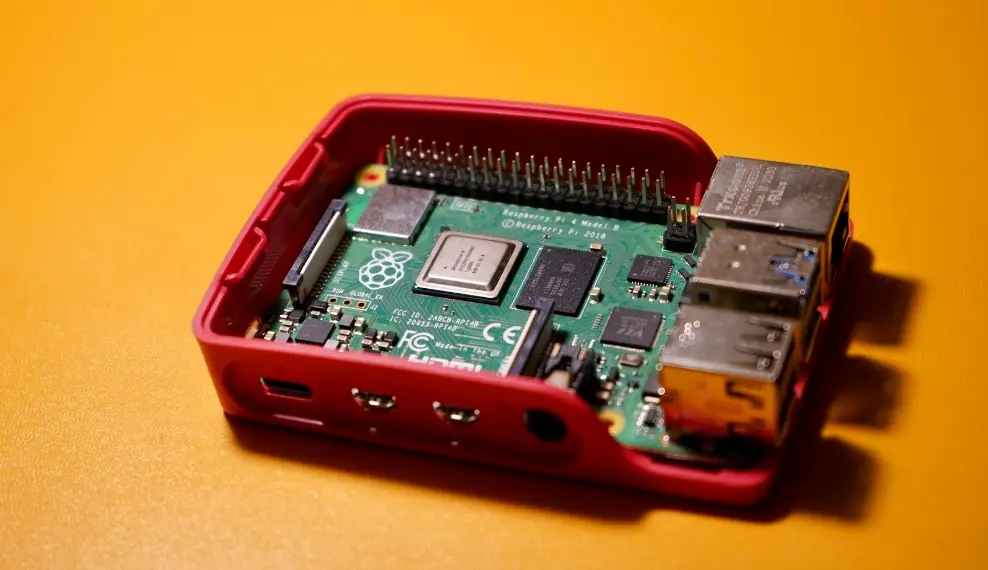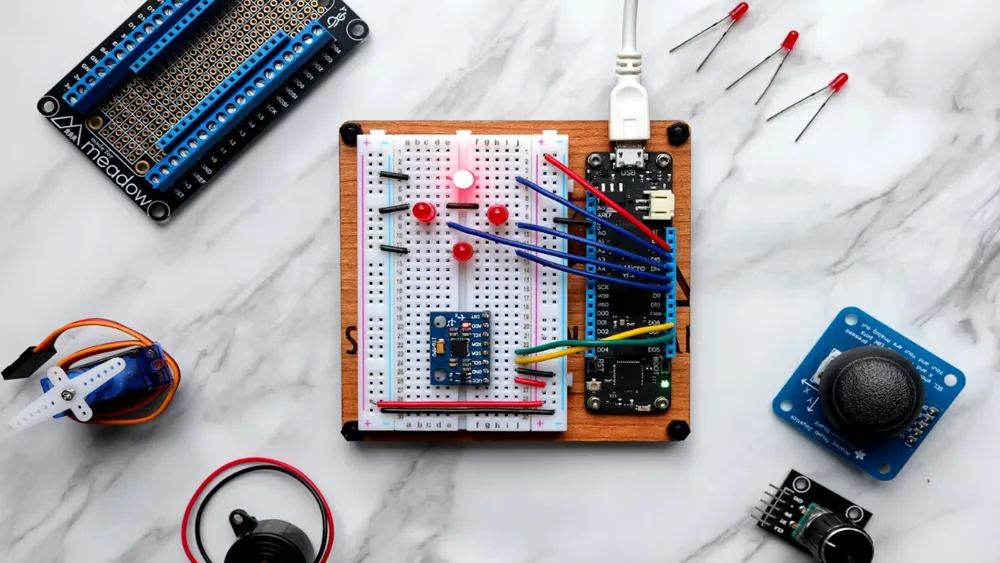
FCC Certification Testing for 2.4 GHz Wireless Products
To sell 2.4 GHz wireless products in the North American market, FCC ID certification is requiRED. Common products include wireless MICe and wireless keyboards. Due to differences in product classification and application technology, certification tests can vary. Here, we will focus on the certification requirements and testing standards for these products.

FCC Certification Standards:
- fcc part 15.207: Conducted limits
- FCC PART 15.209: Radiated emission limits
- FCC PART 15.215: Additional provisions to the general radiated emission limitations
- FCC PART 15.247: Operation within the bands 902–928 MHz, 2400–2483.5 MHz, and 5725–5850 MHz
- FCC PART 15.249: Operation within the bands 902–928 MHz, 2400–2483.5 MHz, 5725–5875 MHz, and 24.0–24.25 GHz
fcc certification testing Requirements:
Testing requirements for products operating within the frequency range of 2.4–2.4835 GHz are specified in the FCC PART 15 regULations. The main standards referenced are 15.247 and 15.249 (15.249 applies to devices with very low power).
Testing Standards:
- FCC Part 15.207: Conducted Emissions
- Frequency of Emission (MHz)
- Conducted Limit (dBμV)
- For battery-powered or non-AC powered devices, testing is not required.
- Limits:
- 0.15–0.5 MHz: 66 to 56* (Quasipeak), 56 to 46* (Average)
- 0.5–5 MHz: 56 (Quasipeak), 46 (Average)
- 5–30 MHz: 60 (Quasipeak), 50 (Average)
- FCC Part 15.247 (a)(1): Frequency Hopping
- Hopping Interval: 25 kHz
- For frequency hopping systems, choose the larger frequency limit between two standards or the 20 dB bandwidth of 2/3 hopping.
- FCC Part 15.247 (a)(1)(iii): Hopping Channels
- At least 15 channels
- Average time of any frequency occurrence within one period (hopping channel count × 0.4 sec) must not exceed 0.4 sec.
- FCC Part 15.247 (b)(1): Maximum Conducted Power
- 0.125 watts
- FCC Part 15.247 (b)(3): Output Power
- 1 watt
- Can also refer to maximum conducted output power testing.
- FCC Part 15.247 (a)(2): Minimum 6 dB Bandwidth
- At least 500 kHz
- FCC Part 15.215 (c): 20 dB Bandwidth
- No limit required for frequency hopping systems.
- FCC Part 15.247 (d): Edge Bandwidth
- At least 20 dB below
- Or: less than 54 dBuV (AV), less than 74 dBuV (PEAK)
- FCC Part 15.247 (e): Power Spectral Density
- ≤ 8 dBm @ 3 kHz
- FCC Part 15.247 (f): Average Occupied Time
- For frequency hopping systems, under frequency hopping or digital modulation off, the average time within one period (hopping channel count × 0.4 sec) must not exceed 0.4 sec. Digital modulation systems under frequency hopping off should meet the power density requirements of FCC Part 15.247 (d).
- FCC Part 15.209: Radiated Emissions
- Frequency (MHz)
- Limit (microvolts/meter)
- For frequencies below 1 GHz, limit is QP limit.
- Limits:
- 0.009–0.49 MHz: 2400/F(kHz) / 300 meters
- 0.490–1.705 MHz: 24000/F(kHz) / 30 meters
- 1.705–30.0 MHz: 30 / 30 meters
- 30–88 MHz: 100 / 3 meters
- 88–216 MHz: 150 / 3 meters
- 216–960 MHz: 200 / 3 meters
- Above 960 MHz: 500 / 3 meters
- FCC Part 15.249 (a): Radiated Field Strength
- Fundamental Field Strength
- Harmonic Field Strength (microvolts/meter)
- Limit is AV value; PK value is 20 dB above. Refer to FCC PART 15.35.
Other parameters such as antenna gain, antenna technology requirements, maximum power, and antenna types also need to be understood for FCC certification. Although the types of 2.4 GHz wireless products in the North American market are diverse, they all follow the same fcc testing specifications. Therefore, FCC certification for 2.4 GHz wireless products can be conducted according to these standards. For more detailed information, please consult the JJR Laboratory in China.
Email:hello@jjrlab.com
Write your message here and send it to us
 What is Amazon TIC and How Can Sellers Achieve Com
What is Amazon TIC and How Can Sellers Achieve Com
 2026 Battery UN38.3 Certification (Test Report) &a
2026 Battery UN38.3 Certification (Test Report) &a
 What is the IEC 62680 Standard? Compliance Interpr
What is the IEC 62680 Standard? Compliance Interpr
 Amazon Japan December Compliance Requirements
Amazon Japan December Compliance Requirements
 How to Check a CPSC-Accepted Laboratory?
How to Check a CPSC-Accepted Laboratory?
 WEEE Registration for Waste Electrical &Electr
WEEE Registration for Waste Electrical &Electr
 MSDS Chemical Safety Testing
MSDS Chemical Safety Testing
 What Are the Differences Between UK REACH and EU R
What Are the Differences Between UK REACH and EU R
Leave us a message
24-hour online customer service at any time to respond, so that you worry!




